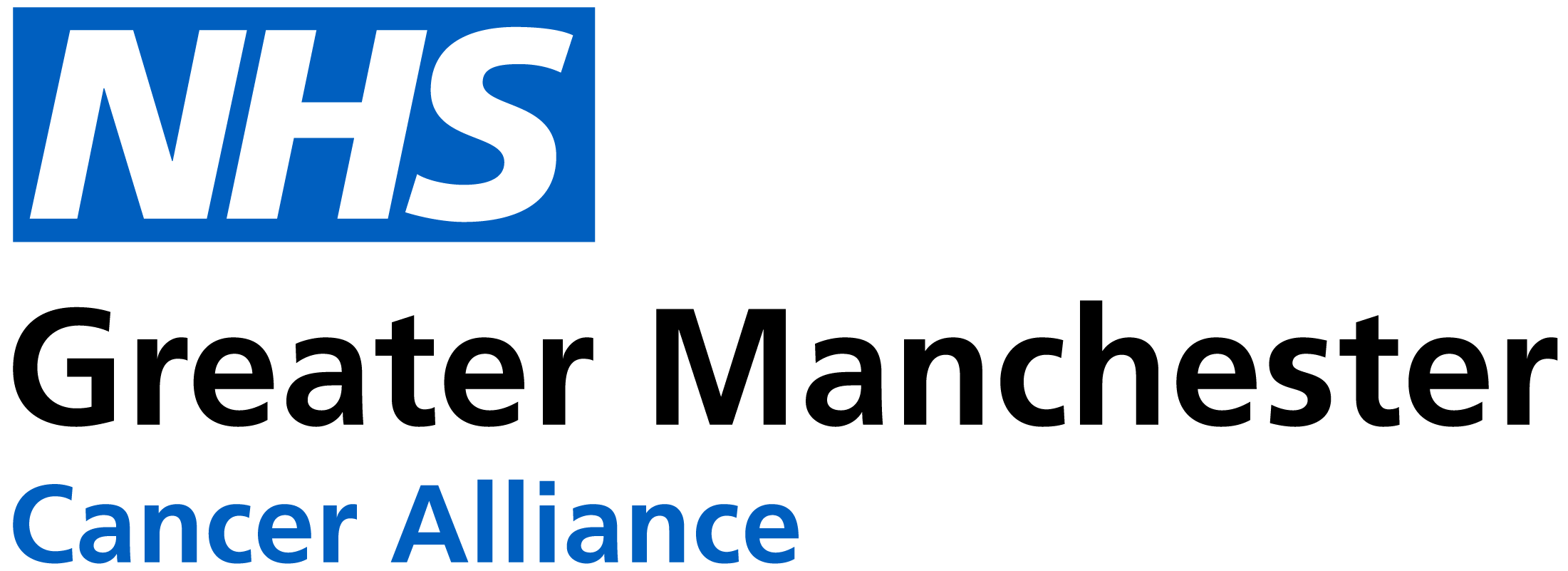The NHS Faster Diagnosis Standard (FDS) is a nationally mandated target. For patients who have been referred urgently by their GP for suspected cancer, FDS requires patients to be diagnosed with or have cancer ruled out within 28 days. Meeting FDS means that patients who are diagnosed with cancer can begin their treatment as soon as possible. Patients who have cancer ruled out can have their minds put at rest more quickly.
The GM Faster Diagnosis Programme Team works with partners across the GM Integrated Care System to increase the number of patients diagnosed within 28 days. This includes supporting Trusts to deliver the Best Practice Timed Pathway for each cancer type and a Non-Site-Specific Pathway for patients with more general symptoms suggestive of cancer that do not readily fit a particular cancer type.
The Faster Diagnosis team’s priorities for financial year 2024/25 are to:

